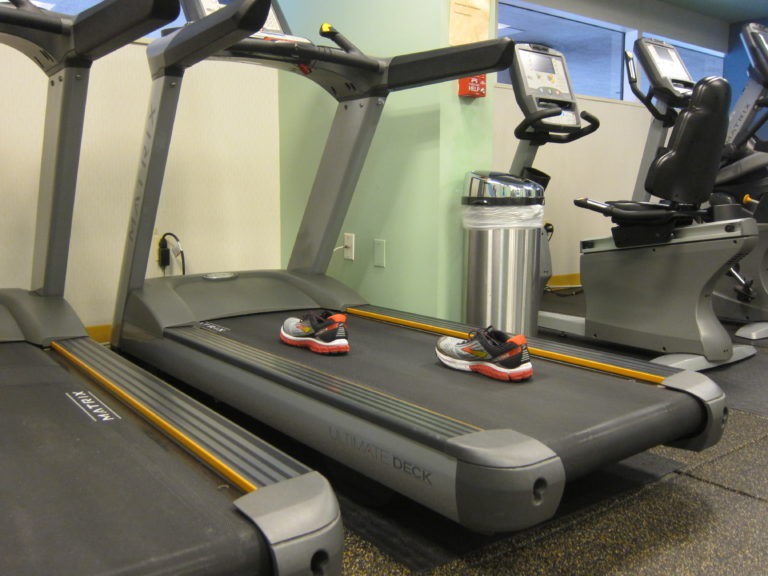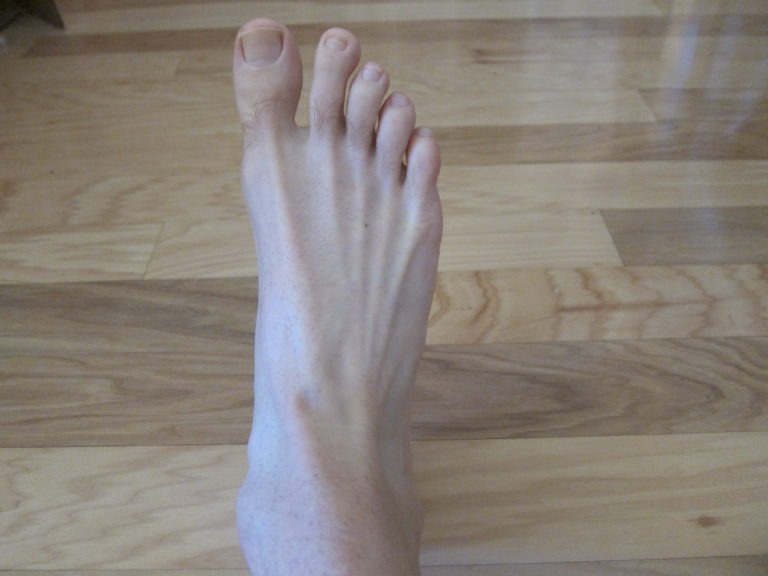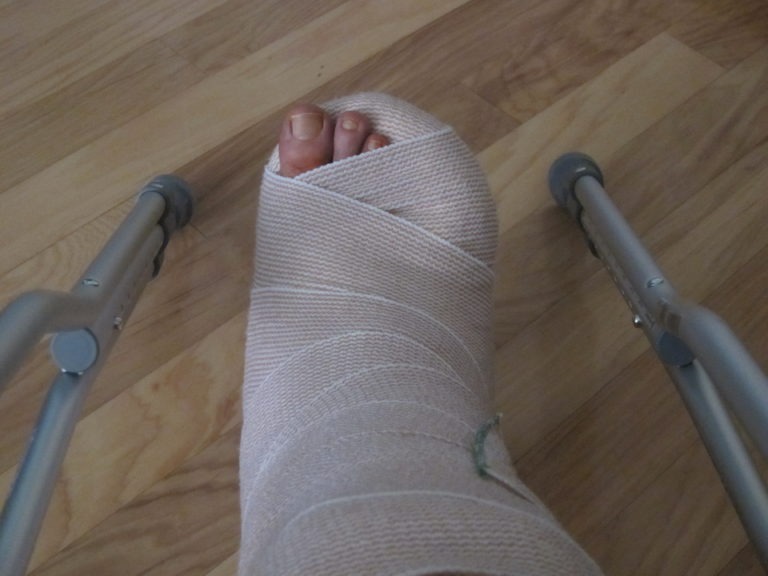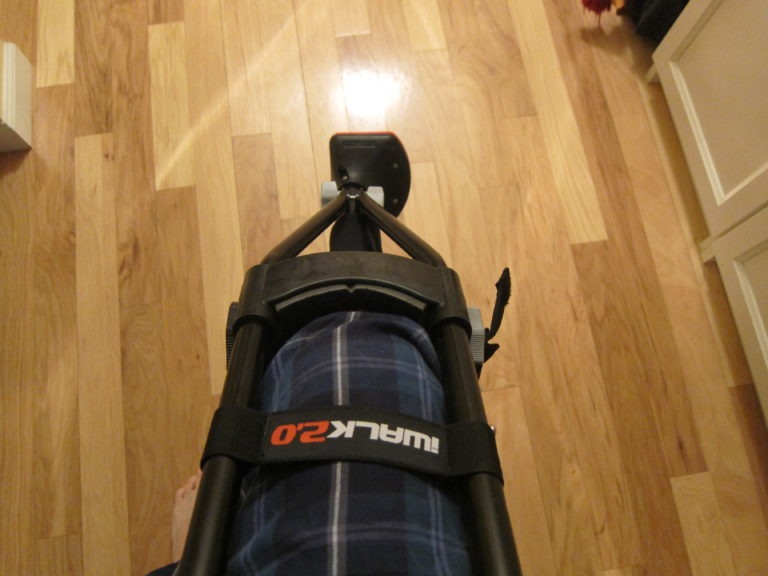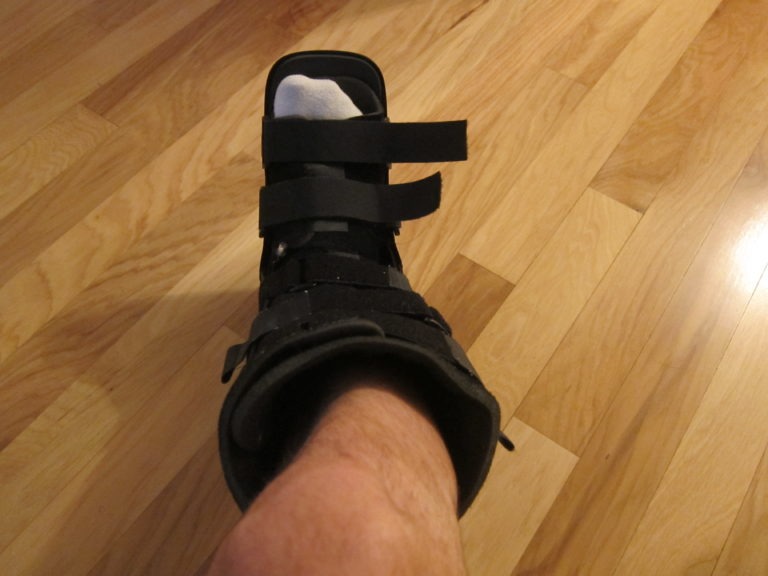A Boot on the Ground!
Today marks the day when I can officially begin bearing (some modest) weight on my right ankle. I have not walked since the morning of November 7, 2018, some 36 days ago.
Today also marks the day when I am officially off of all post-operation medication, save for the handful of dubious health supplements that I routinely take to placate the small hippy-dippy streak that runs through my soul.
Much to the dismay of my wife and my cats, tonight will mark the first night that I will sleep in my bed since the night of November 6, 2018. I have been living on the couch night and day since arriving home from the hospital. It is not nearly as much fun as you might think.
So, to commemorate these milestones, I am posting a series of pictures that roughly mark the stages of my rehabilitation. I will offer the details of those stages in a key below.
First, though, I’d like to emphasize that I am writing up all of these details because the annals of medical history seem to contain precious little consistent, reliable, verified information about osteochondral defects of the talus. From the large amount of Internet sleuthing that my wife and I have done, prominent orthopedists seem to be all over the map on these things: preferred methods of treatment differ widely, and there is not much reliable data about success rates.
Beyond that, the realm of cartilage regeneration research is, in many ways, still a nascent field, which (in my lived experience) leads to lots of grim, potentially (but potentially not) short-sighted pronouncements about returning to physical activity post-defect repair surgery. This is particularly concerning to me because there has been, from what I am told, an increase in the diagnosis of this condition among adolescent athletes. Can—and should—a diagnosis of a talar dome lesion at, say, fifteen really rule out an entire lifetime of (certain kinds of) athletic activity?
Some energy surely needs to be pumped into answering that question.
Finally, as someone who knows a fair amount of runners, I am astounded that so few of them even know what this injury is. How often is this condition properly diagnosed? How often does the diagnosis remain at the level of an ankle sprain (that may or may not improve with conservative measures)? How many runners retire due to this strange injury—potentially without the need to do so (if surgery can work)? Most significantly, how many of us can, and will, return to our usual levels of activity after surgery (and which surgical options will afford us the best opportunities to do that)?
I sincerely hope that these humble blog entries might help nudge these necessary conversations along.
Stages of Recovery
These date ranges overlap in complicated ways, and they only represent one particular approach to rehabilitation.
It is worth noting, too, that I had the DeNovo juvenile tissue graft surgical procedure, which included bone grafting with tissue from my hip. My talar dome defect was described as “large and deep,” and I did have cystic changes in the talus itself. I also had loose cartilage in the area of the defect and scar tissue on the joint as well. There was lots of debridement involved.
Therefore, these rehab stages reflect all of those particularities.
Stage 1: Complete Immobilization, Elevation, Non-Weight Bearing—November 7, 2018-November 26, 2018
Stage 2: Less Elevation, Immobilization in Walking Boot, Continued Non-Weight Bearing—November 26, 2018-December 13, 2018
Stage 3: Gradual Introduction of Weight Bearing in Walking Boot with Crutches (over 10-14 days), Continued Use of iWalk Prosthetic for Efficient Movement, Full Weight Bearing in Walking Boot 2+ Weeks after 14-Day Graduated Introduction—December 13, 2018-January 10, 2019 (or so, depending on progress)
